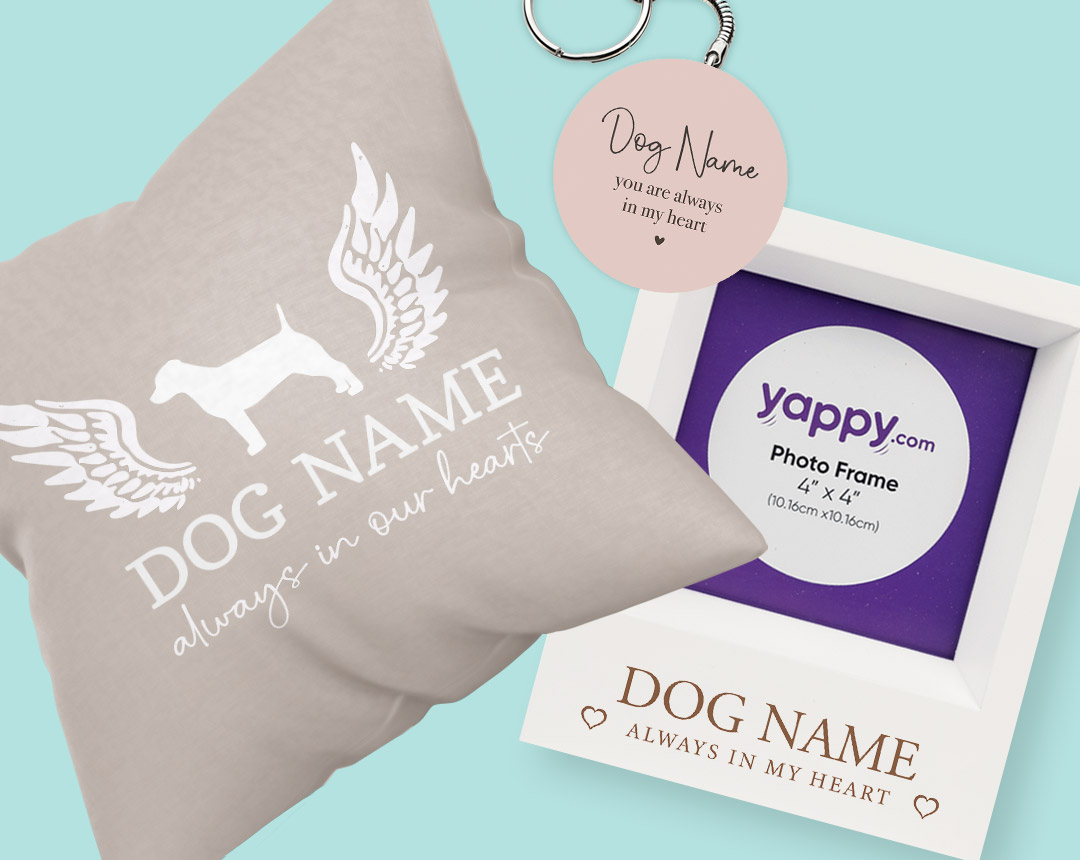Create Your German Spitz's Shop
German Spitz Breed Summary
Loving, Intelligent, Independent, Lively and Happy
These dogs come under two categories; the Klein, which is the smaller of the two and the Mittel, a larger version! Their size is the only noticeable difference as they are very similar in both personality and looks! They have become popular all over the world, both as pets and companions.
However, they are very high maintenance, mainly due to their need to be groomed professionally at least a couple of times a year. Additionally, they need a lot of exercise and mental stimulation due to their high energy and intelligence. For this reason, they are better suited to families that have already owned similar breeds before.
Fun Fact: Males shed their coats once a year, and females shed twice a year!
| Kennel Club Group | Utility |
| Lifespan | 14 - 18 Years |
| Height (at the withers) | Males 23cm – 29cm, Females 18cm – 25cm (Klein)Males 30cm - 38cm, Females 30cm - 38cm (Mittel) |
| Weight | Males 5kg - 8kg, Females 5kg - 8kg (Klein) Males 7kg - 11kg, Females 7kg - 11kg (Mittel) |
| Coat | They have Doble Coats. The Undercoat is Woolly and the Topcoat is Harsher |
| Colour | Black, Black & Tan, Black & White, Black & White Particolour, Blue, Blue & Tan, Blue & White Particolour, Blue Sable, Brown, Brown & Tan, Brown & White Particolour, Brown Sable, Brown Sable & White, Cream, Cream & White, Cream Sable, Cream Sable & White, Gold, Gold & White Particolour, Gold Sable, Lilac, Lilac & Tan Particolour, Lilac & White Parti Colour, Lilac Sable, Orange, Orange Sable, Orange Sable & White, Orange White Particolour, Sable, Sable & White, White, Wolf Sable, Wolf Sable & White |
| Eye colour | Dark or Brown |
| Common health issues | Retinal dysplasia (RD), Multifocal retinal dysplasia (MRD), Persistent pupillary membranes (PPM), Progressive retinal atrophy (PRA), Patella Luxation (slipping stifle), Epilepsy, Mouth and dental issues |
| Other Names | Deutscher Spitz, Victorian Pomeranian, Klein Spitz, Mittelspitz |
German Spitz's are known for their extreme love of life! The absolutely adore 'hoomans' and love nothing more than following their owners around the home, whether you're ironing clothing or taking a shower. They are very gentle and kind, very rarely showing any signs of aggression and are also a very intelligent breed, which makes them fairly easy to train. However, they can be fairly independent pooches and must be trained from an early age in order to become truly obedient. They quite like the sound of their own voices, so training must also be undertaken to stop this from getting out of hand. However, they are extremely affectionate and for the right family make wonderful family pets who have the ability to provide you with years of happiness!
These fluffy dogs have been in Europe for hunters of years and it's thought they were used by hunters for a long time, dating back almost 6000 years! it's thought that their ancestors can be traced back to a doggy breeds called Turfspitzs and Wolfspitz. Additionally, there are rumours that they have a white coat in order to tell them apart from wolves! Germany was originally divided up into smaller kingdoms and within each region, different variations of spitz dogs were developed. In the 1800's, they could often they could be seen travelling alongside coachmen, potentially running alongside, or riding on the horses back! It was also during this time that they started to become popular in England, due to James I, who's German wife bought many into the country. They became very fashionable amongst the noble people and were known as 'Pomeranians' although these dogs were a lot bigger than the Poms we see today. They were also extremely popular with Queen Victoria, who was a huge fan of a Spitz, and it was during her reign that these dogs were bred down in size to produce the Pomeranians that we see today. The onset with WW1 saw a decline in the number of Spitz's registered and although a well-known breed, is still fairly rare across the world today!





























